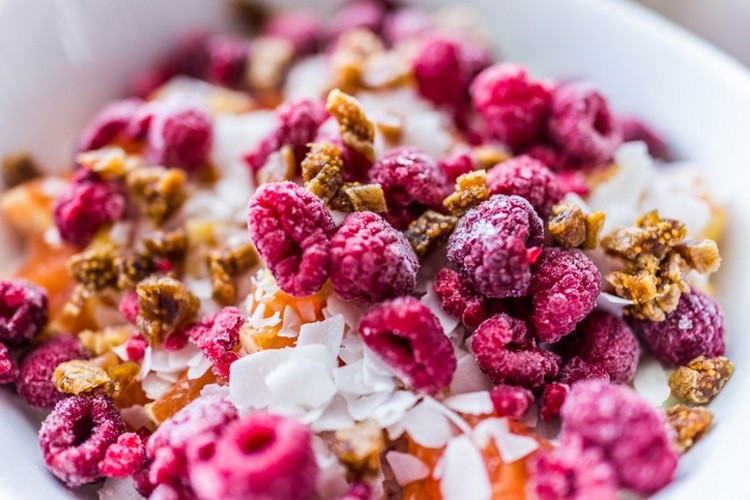Guest article
The three trends shaping clean label innovation

The clean label movement continues to be one of the most influential trends shaping product development. Consumers are paying more attention to ingredient labels and have become increasingly wary of preservatives and artificial additives meant to enhance a product’s flavour, appearance or shelf life.
There are three main trends that are shaping clean label innovation.
1. Health and environmental concerns
Despite the growing focus on clean labels, it’s not a scientific term. Consumers’ perceptions of what clean label means are subjective, but typically focus on factors like:
- Simplicity: Consumers view recognisable ingredients, such as those that might be found in a household pantry, as natural and healthier. According to market researcher Haystack , 89% of consumers in the UK believe the fewer ingredients in a product, the better.
- Transparency: Consumers want brands to be transparent about their manufacturing processes. Minimally processed foods are typically perceived as cleaner and more natural.
- Traceability: Ethical and environmental considerations are playing a greater role in consumers’ food purchase decisions. They want to know if their foods are from sustainable sources.
2. Preference for fruits and vegetables
The preference for a cleaner labels is influencing purchases in traditionally indulgent categories where taste has historically been the main driver. Now, consumers are looking for a guilt-free way to indulge, showing preference for products that offer a simpler label and all-natural ingredients.
However, consumers are not willing to compromise on visual appeal or taste, so the biggest challenge for NPD teams is finding ingredients that can support a clean label while also delivering great flavour. Plant-based ingredients are increasingly at the centre of clean-label innovation, due to the high level of traceability and versatility they offer.
We have noticed that consumers are most interested in fruits and vegetables that feature immunity-boosting nutrients. There is strong demand for fruits high in vitamin C, such as oranges and raspberries, while trending vegetables include spinach, red pepper and purple sweet potato because of their vibrant colours, superfood properties and versatile flavour profiles.
3. Flexibility of freeze-dried ingredients
While fruits and vegetables will continue to play a vital role in NPD, as with anything fresh, there is always the issue of food waste. At the same time, R&D teams want ingredients that make formulating easier without sacrificing product integrity. They also need ingredients that are free from additives, but retain natural colour and authentic flavour and have a long shelf life.
Freeze-dried ingredients present the perfect solution to these challenges. Not only do they meet consumers’ expectations for healthier, clean label ingredients, they also provide manufacturers with a versatile way to add natural flavour and colour. Freeze-dried fruits and vegetables are easy to use and can be stored at ambient temperature, which is an important benefit for bakeries with limited chilled storage space. As they have a long shelf life, they can even help manufacturers reduce food waste.
Chaucer offers a wide variety of freeze-dried fruit and vegetables to meet consumer interest in natural ingredients while also removing the need for added sugar or preservatives. By incorporating freeze-dried ingredients, product developers can also enhance the flavour, colour and nutrition of their baked product or snack to capitalise on the cleaner, better-for-you movement.









